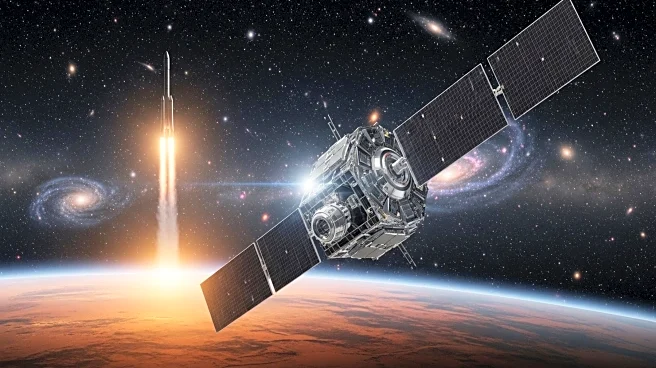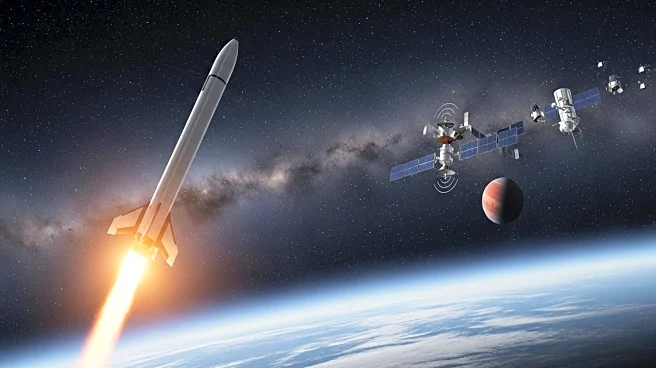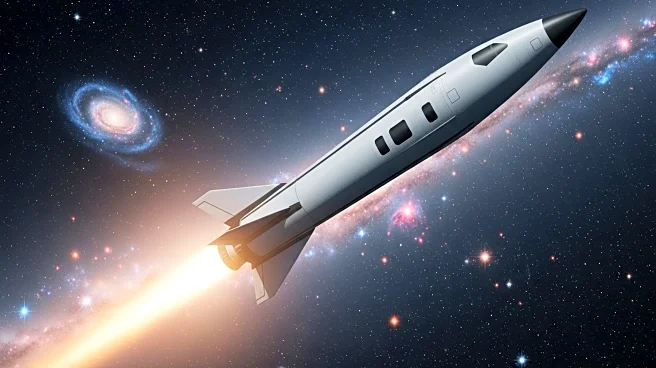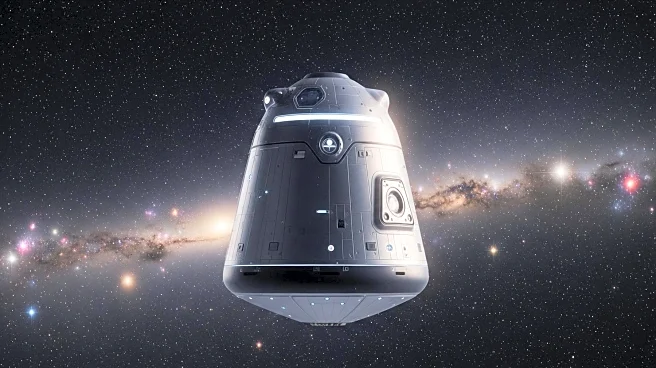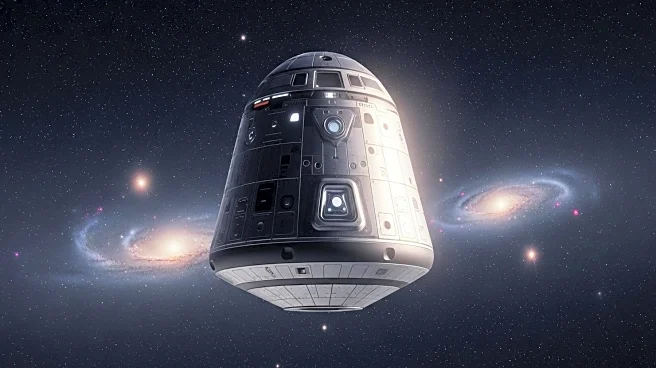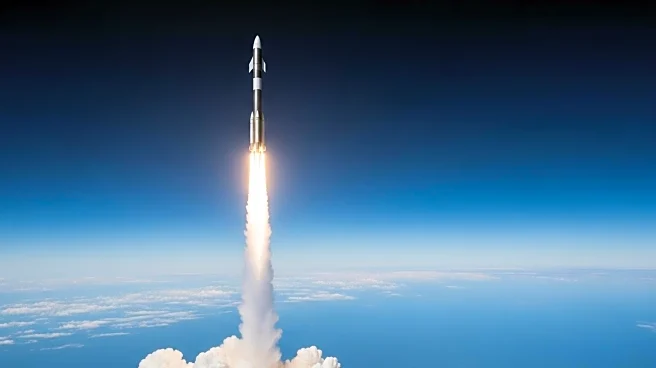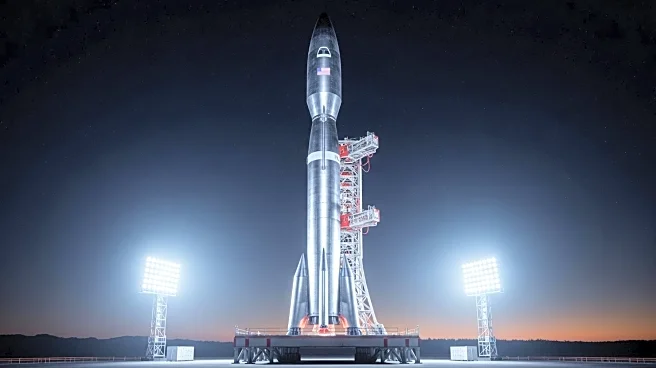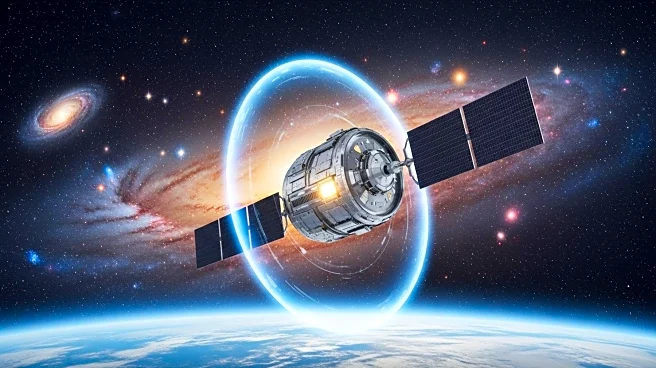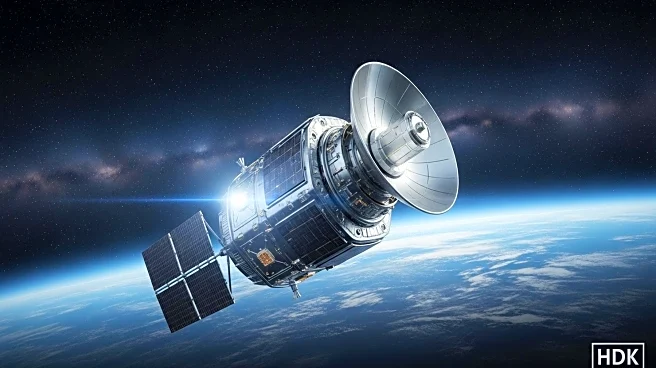What's Happening?
SpaceX launched 28 Starlink satellites on Sept. 18, marking its 117th Falcon 9 flight of 2025, while Blue Origin resumed New Shepard flights with its 35th mission. The Starlink launch continues SpaceX's expansion of its internet constellation, emphasizing rapid reusability and high launch frequency. Blue Origin's New Shepard mission carried over 40 research payloads, including student experiments, marking a return to operation after a hiatus. These developments highlight the competitive landscape in commercial space exploration, with companies advancing their capabilities and expanding their reach.
Why It's Important?
The continued expansion of SpaceX's Starlink constellation underscores the growing demand for global internet connectivity, with implications for telecommunications and data services. Blue Origin's return to flight signals progress in suborbital space tourism and research, supporting STEM education and inspiring future engineers. These advancements reflect the increasing role of private companies in space exploration, driving innovation and competition. The success of these missions could influence industry trends, shaping the future of commercial space activities and international collaboration.
What's Next?
SpaceX and Blue Origin will continue to advance their respective programs, with SpaceX focusing on expanding its Starlink network and Blue Origin preparing for future crewed missions. Stakeholders will monitor the impact of these developments on the commercial space industry, assessing potential collaborations and market opportunities. The success of these missions could lead to further investments in space technology, driving innovation and expanding the scope of space exploration.

